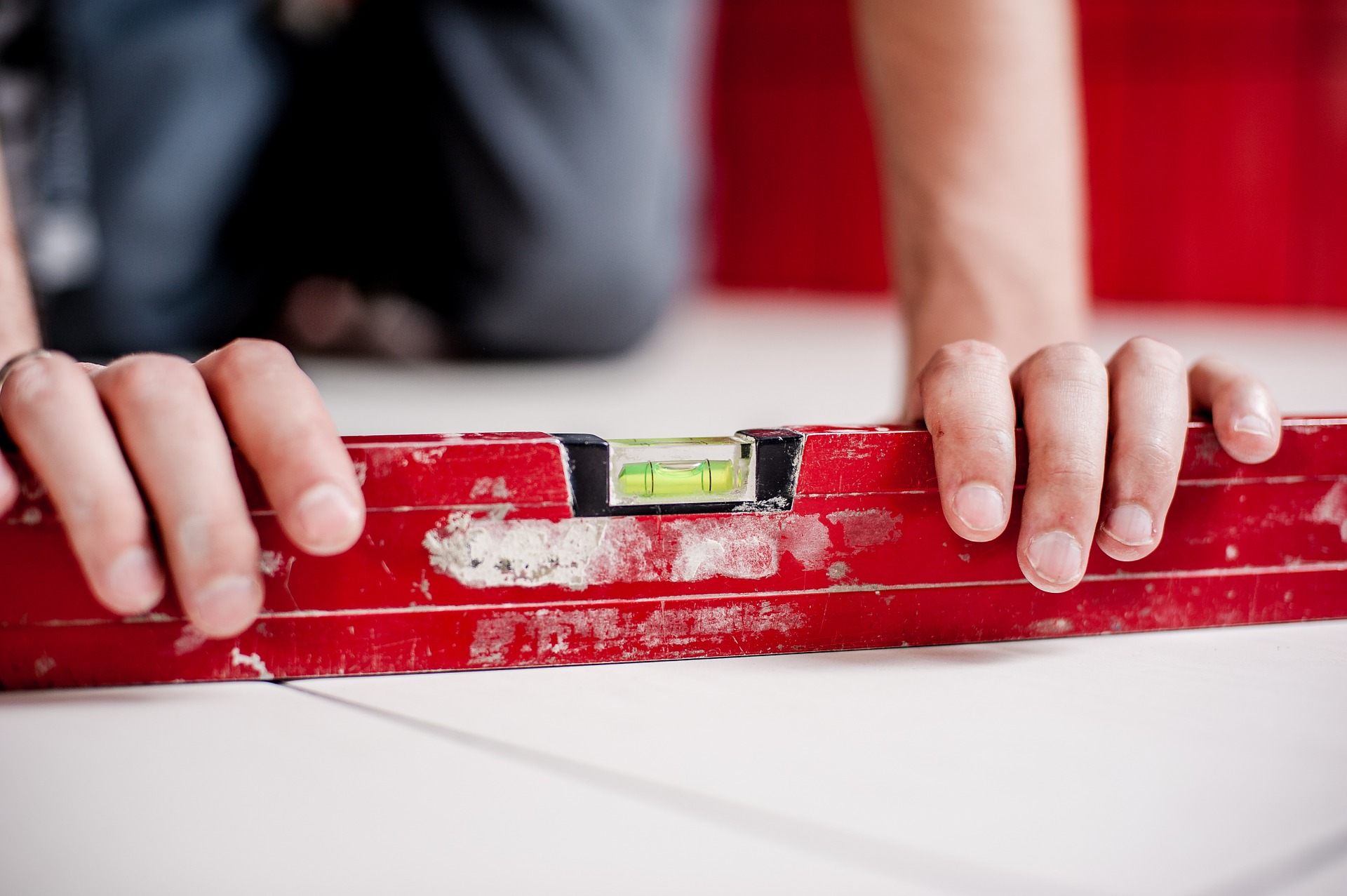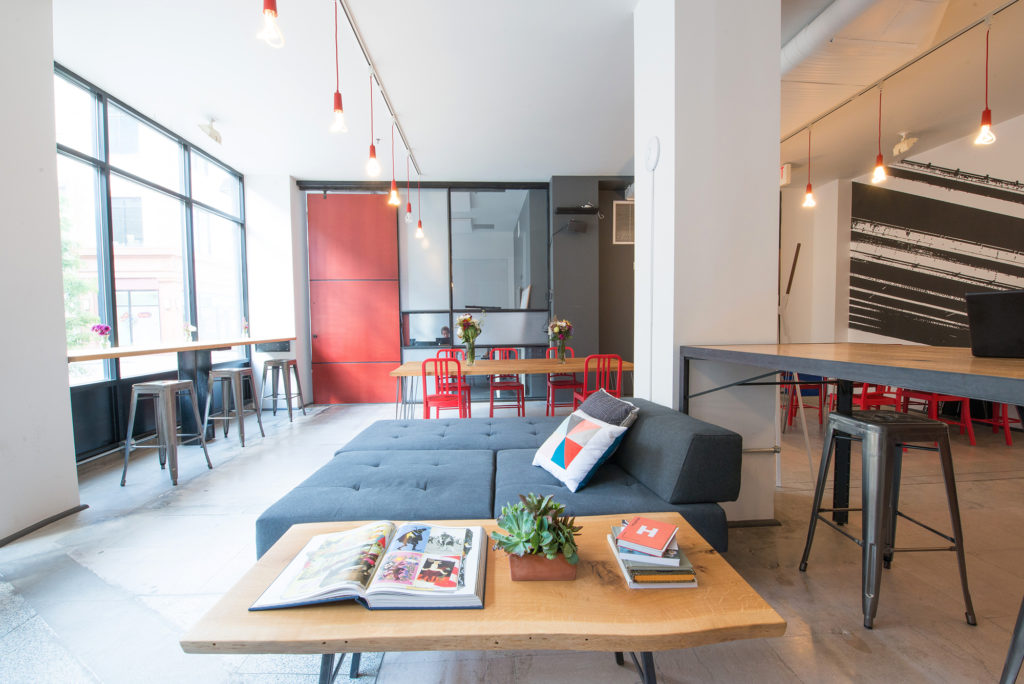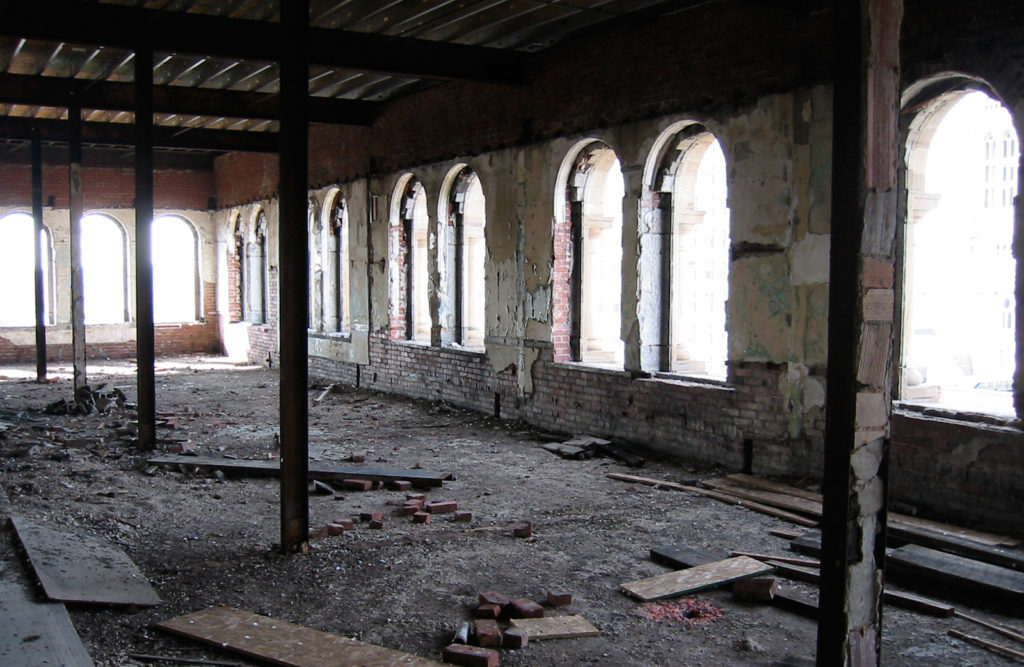
We Built This City: How the Crowd is Building Better Neighborhoods
May 17, 2017 — Blog
“There are easier ways to make money,” a friend once commented about my chosen profession. At the time, I was knee-deep in redeveloping a stunning, historic commercial building with a hole in the roof big enough for a small plane to fly through.
When it rained, it rained in the basement seven floors below. The building, once a bustling bank, had been abandoned 15 years earlier, along with the neighborhood in which it stood. Still, this building stood as the tallest, most historically and architecturally significant building in the neighborhood. It was a building with great bones and an even better location. And since I believed — and continue to believe — that gorgeous spaces can draw people back to neighborhoods and affect change, I saw every reason to tackle this project.

But I struggled to finance it. Appraisers, who are taught to look at other similar real estate to establish value, could find no other building like it. Since the neighborhood was downtrodden, and the building was vacant, they thought the finished building’s value was a quarter of the projected cost of redeveloping it. It took another year to source the funds I needed to finance this project. When I finally closed, I’d gathered 12 loans and grants from a variety of authorities and agencies committed to underserved neighborhoods. Reporting on these funds was a large and insistent task.

Now, more than 15 years later, that building that rained in the basement has become the centerpiece of a neighborhood that has come into its own. Its value has increased from a quarter of its cost to double its cost. Every month, it seems, someone wants to buy the building, the building that only I and some dozen non-traditional financiers believed in.
This is a perfect symbol of the resurgent interest in cities and inner-city neighborhoods. When suburban neighborhoods started to tank a few years ago, inner-city neighborhoods became stronger. And yet, financing for projects like these has become scarcer and even more difficult than 15 years ago.
There are no venture capitalists standing by with cash. Banks look askew at these projects that they don’t understand. These projects are scrappy, just like startup businesses. They require passion, loyalty, skill, and nurturing to take hold. They usually have a local following comprised of neighbors and city enthusiasts. And often, they are financed through friends and family, and even sometimes with a credit card.

Today, I am the founder of a real estate crowdfunding portal. You’ve probably guessed why. I want to turn the tables, and help developers who passionately remake cities and neighborhoods find the capital they need to do it. I know that financing can be the biggest challenge for them, but it doesn’t have to be. Today we have new securities laws, born out of the JOBS Act, which let us form capital for scrappy startups and scrappy buildings with the help of neighbors, friends, allies, and city enthusiasts.
Today we have new securities laws, born out of the JOBS Act, which let us form capital for scrappy startups and scrappy buildings with the help of neighbors, friends, allies, and city enthusiasts.
This is the new community banking.
On my portal — Small Change — people who want to see their neighborhoods and cities thrive support these in-demand, but hard-to-finance, neighborhood-changing projects. Projects like the Liberty Bank Building, or Pittsburgh’s first tiny house, or net-zero townhouses in a walkable Los Angeles neighborhood, or energy-efficient affordable housing outside of Washington D.C.

Central to Small Change is the idea that investing should be accessible. We offer ways for people to invest in projects whether they are accredited (that means wealthy) or non-accredited (that means everyone). We are dedicated to connecting anyone over the age of 18 who wants to make a difference in their community with developers who are leading that change.
This is a brave new world. As attorney Mark Roderick, a leading expert in the crowdfunding industry, has said, “Developers will use crowdfunding to secure capital. Individuals will invest in crowdfunding opportunities to build wealth and benefit their communities. What we’re seeing is the transformation and democratization of the U.S. capital formation industry.”
Developers will use crowdfunding to secure capital. Individuals will invest in crowdfunding opportunities to build wealth and benefit their communities.
This is an exciting time. The crowd is speaking, and the crowd wants a bigger say — and stake — in how their communities develop. Small Change is right there with them. Together, we are harnessing the power of the people to make more than a return on investment. We are making a return to our cities.
Featured Photo: © Rob Larson